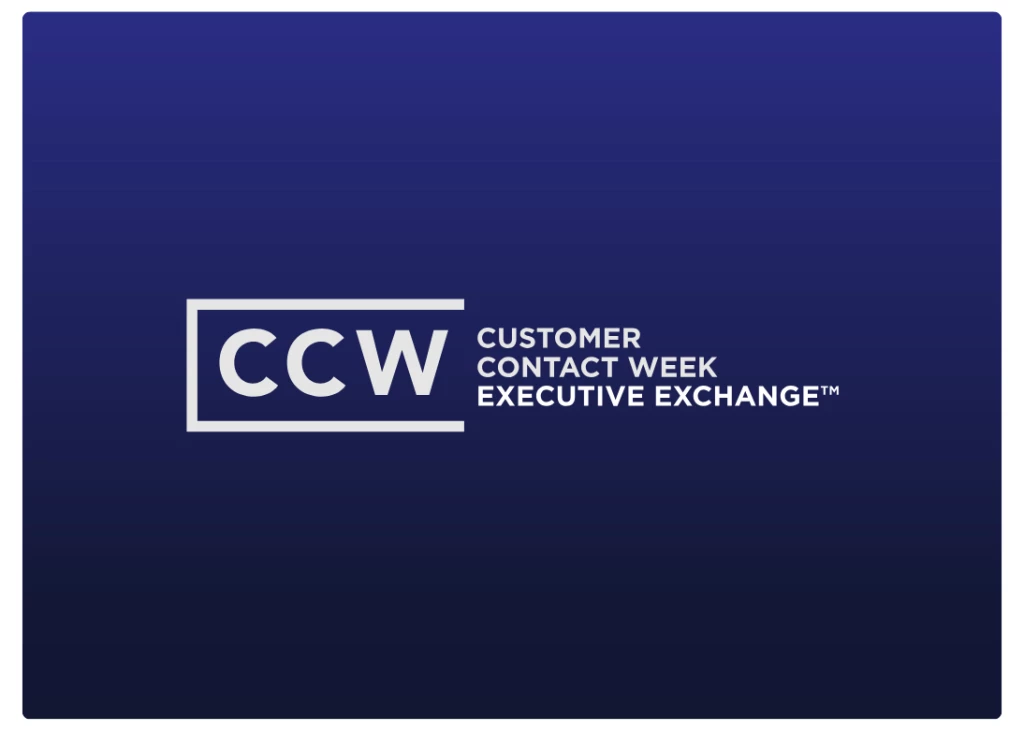Bank of America Follows Netflix’s Lead in Enraging Customers
Add bookmark[eventPDF]
A new customer management "best practice" seems to be emerging: never overlook an opportunity to anger your loyal audience.
This summer, the seemingly-invincible Netflix lost significant customer goodwill by announcing it would no longer offer its streaming and DVD services as a bundle for $10. Customers would have to order both services at separate $8 fees.
In its eventual apology, it ultimately made matters worse by announcing it was spinning its DVD business off into Qwikster, a separate company, thereby removing the product integration many customers had taken for granted.
Having apparently learned nothing from Netflix’s blunder, Bank of America recently joined in on the "frustrate your customers" game—it confirmed that it will soon charge checking customers a $5 monthly fee if they use their debit cards for transactions.
Like the Netflix price hike, Bank of America’s new policy turns a standard offering that had been fundamental to the brand experience into a luxury item. Like the Netflix price hike, Bank of America’s new fee announcement comes without justification from an obvious, corresponding increase in the service’s value (it’s not like the new $5 fee entitles customers to a debit card experience that is $5 more valuable). And, like the Netflix price hike, if there is a motivation for the change, it can be found on the company’s accounting documents—not in customer demand.
Though Netflix has maintained otherwise and will argue that the introduction of Qwiksterproves otherwise, its price hike was widely perceived as the beginning of an effort to phase out the DVD business in favor of streaming. In the case of Bank of America, it seems abundantly clear that the company wants to direct its customers to use credit cards, from which big finance charges can be attained if the customers maintain monthly balances.
Encouraging customers to do their spending on credit cards (or collect fees when they use debit cards) also helps Bank of America respond to an aspect of the Dodd-Frank reforms that restricts the merchant fees the bank can collect when debit cards are swiped.
But just as customers were reluctant to excuse Netflix’s price increase even amid the release of the shockingly-high licensing fees the company has to pay for streaming content, customers are unlikely to feel obligated to help Bank of America out of the Dodd-Frank jam. To them, the service is entirely the same—and if they are not getting any more value, why should they suddenly have to pay more money (beyond the rate of inflation)?
Also relevant in this case is the fact that customers, in theory, have already been enduring a premium for using their debit cards. For the peace-of-mind that comes with only being able to spend money they have in their account (and not having to worry about forgetting or being unable to make a payment at the end of the month), they likely forego the bonus miles, cash back and other rewards that are typically offered only to credit card customers. Customers already have an incentive to use credit cards and a reason not to use their debit cards.
In yet another astonishing similarity to the Netflix fiasco, Bank of America has incorporated a hard-to-swallow "pledge" to its customer base. In his formal "apology," Reed Hastings vowed that Netflix is "done" with price increases (a vow that conveniently took effect after the initial price hike). In a discussionabout the new Bank of America policy, CEO Brian Moynihan touted the value of the fee’s transparency—it is clearly-stated, unlike other banking fees—as a sign of BoA’s commitment to customers. As if not raising the fee without a compelling customer-centric reason would not also demonstrate said commitment.
That both are publicly-traded companies only exacerbates the conflict—for as conciliatory towards customers as the company executives might want to be, they also have to instill confidence in the business. For Netflix, it meant a reassuring letter to investors that could best be described as "smug." For Bank of America, it means Moynihan is openly acknowledging that the duty to investors necessitated a response to the Dodd-Frank reforms.
When customers are angry about a business’ decision, the last thing they want to see is that decision touted as a positive for investors. Bank of America might claim it is balancing the interest of both investors and customers, but when one group stands to benefit from a price increase (at least in theory) and another stands to suffer, the word balance has no business in the conversation.
So, with the comparisons to Netflix’s pricing debacle clear, what about the customer reaction? Is the disappointment with Bank of America merely theoretical, or are customers considering acting on their frustration?
It is not merely theoretical. A Time pollfound that 75% of Bank of America’s checking/debit card customers are considering switching to another bank. Only 11% would play into BoA’s hands by switching to credit cards, while 8% plan to switch from debit cards and 3% will return to personal checks.
Another survey by JD Power & Associates found an even greater connection between the removal of the debit card option and the use of paper checks (intuitive, since they draw from the same account), which interestingly enough will actually reduce BoA profit due to the higher processing fees.
It is far from certain that these disgruntled customers will actually leave the bank, but the fact that they are re-evaluating their assessment of BoA’s value could spell trouble. If a bank properly positions itself to pray on Bank of America’s woes, it will attract the Bank of America customers who relinquished their loyalty after the "betrayal" of the new fee announcement.
For companies, it is simple: if customers are loyal to the value of your service, your goal should be to maintain or increase that value—not notably decrease the bang for the buck.
And if you’re looking to meet and learn from financial services companies that do customer service and call centers right, check out IQPC’s 3rd Call Center for Financial Services.






















